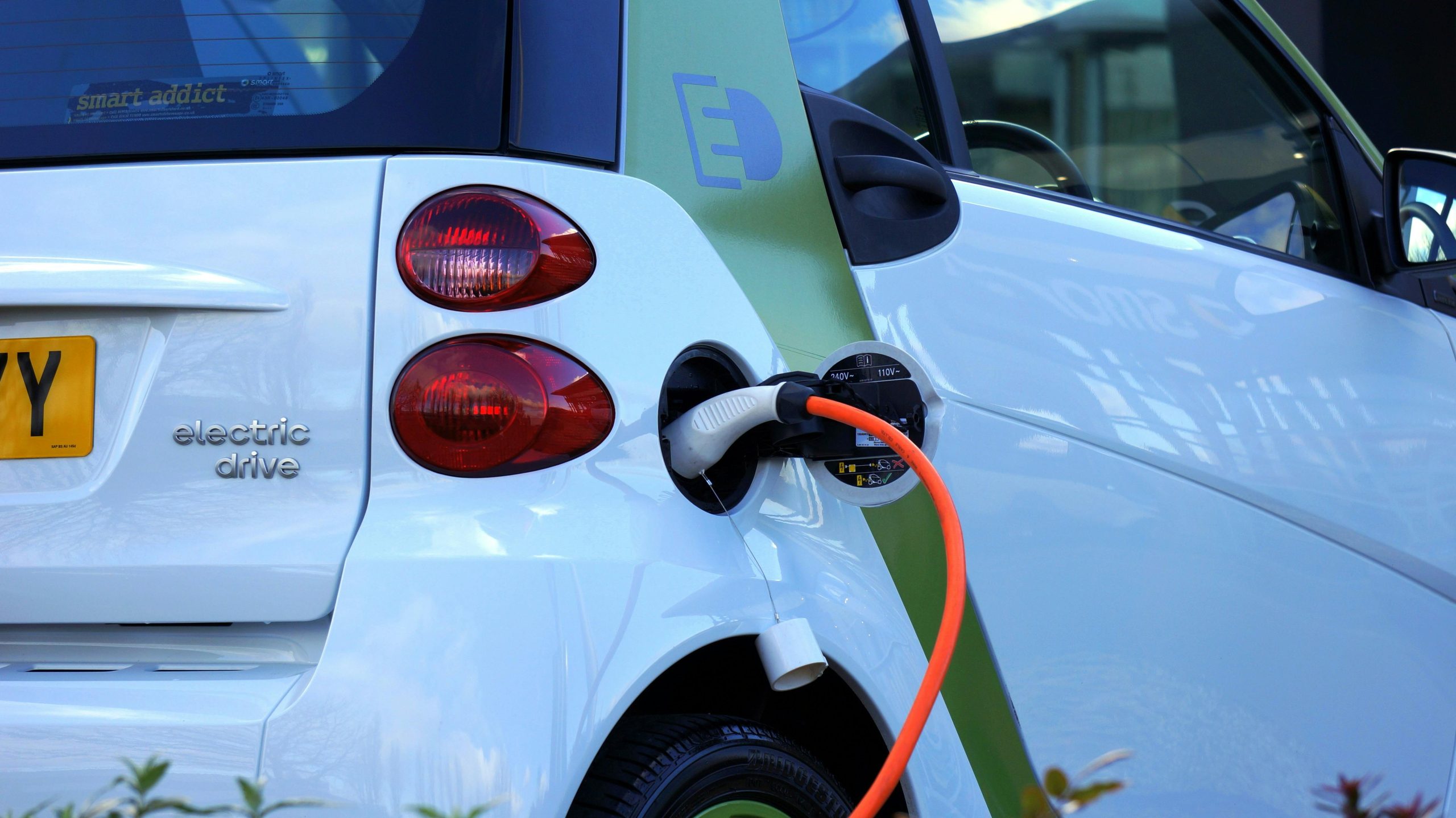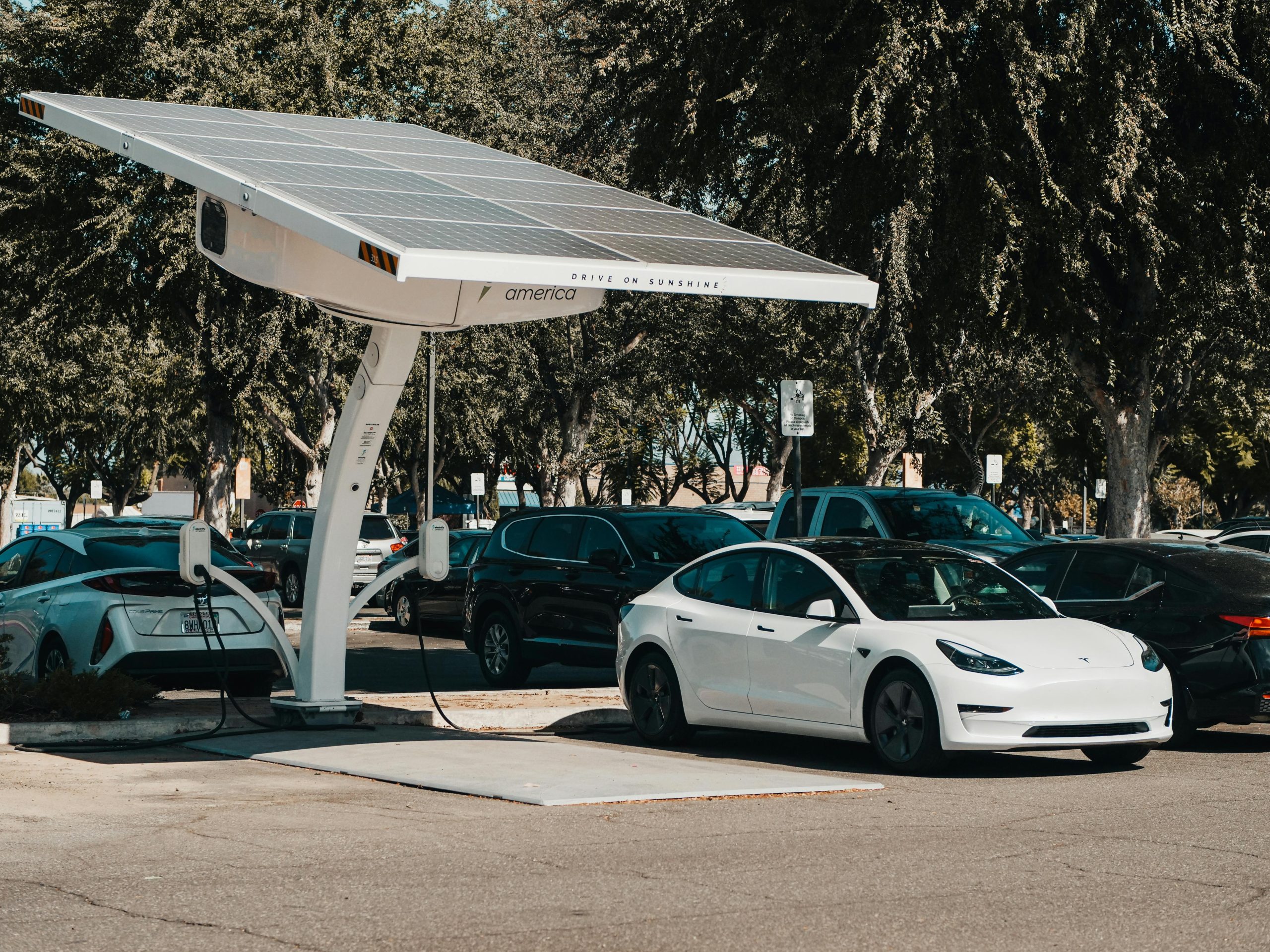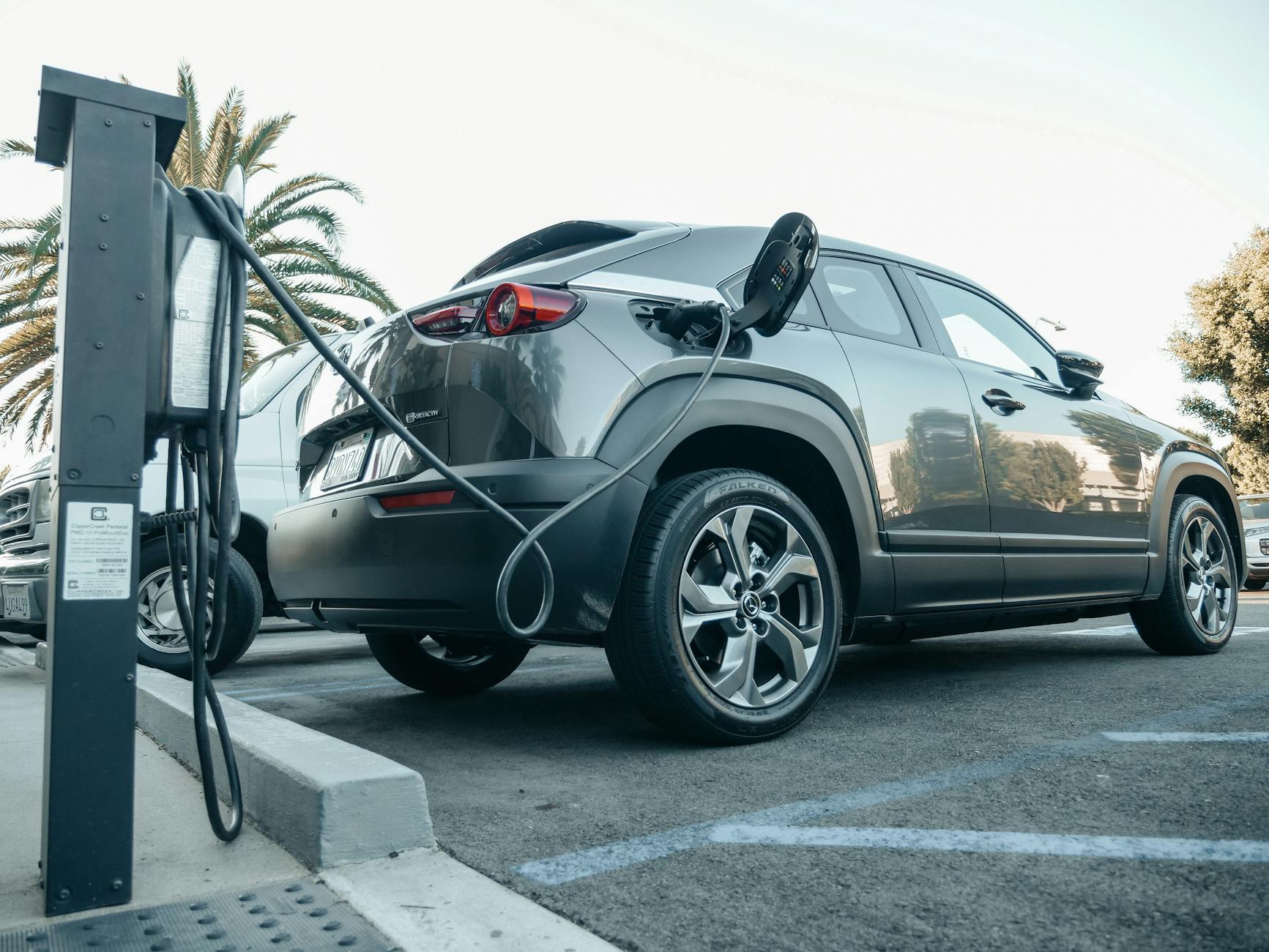Table of Contents
Introduction
Electric cars have become a symbol of innovation and sustainability in the 21st century, but their history dates back much further than most people realize. From their humble beginnings in the 19th century to their resurgence in the modern era, electric vehicles (EVs) have undergone a fascinating evolution. This article delves into the detailed history of electric cars, exploring their rise, fall, and triumphant return, highlighting key milestones and technological advancements. Whether you’re an EV enthusiast or a curious reader, this comprehensive guide will provide valuable insights into the history of electric cars and their impact on the automotive industry.
The Early Days: Birth of the Electric Car (1820s–1900)
The history of electric cars begins in the early 19th century, long before the invention of the internal combustion engine (ICE). During this period, inventors across Europe and the United States were experimenting with battery-powered vehicles.
1. The First Electric Vehicles (1820s–1830s)
- In 1828, Hungarian inventor Ányos Jedlik created a small-scale model of an electric-powered vehicle using a primitive electric motor.
- Around the same time, American inventor Thomas Davenport built a similar model, showcasing the potential of electric propulsion.
- In 1835, Professor Sibrandus Stratingh of the Netherlands designed a small electric car powered by non-rechargeable primary cells.
2. The First Practical Electric Cars (1880s–1890s)
- The development of rechargeable lead-acid batteries in 1859 by French physicist Gaston Planté paved the way for practical electric vehicles.
- In 1884, English inventor Thomas Parker, known for electrifying the London Underground, built one of the first production electric cars.
- By the 1890s, electric cars began to gain popularity in the United States. Companies like Morrison Electric and Riker Electric Motor Company produced vehicles that were quiet, easy to operate, and emission-free.
3. The Golden Age of Electric Cars (1890s–1900s)
- At the turn of the 20th century, electric cars were among the most popular vehicles on the road. Urban dwellers particularly favoured them for their simplicity and lack of noise.
- In 1897, the first electric taxis hit the streets of New York City, marking a significant milestone in the history of electric cars.
- Famous figures like Thomas Edison and Clara Ford (Henry Ford’s wife) drove electric cars, further boosting their appeal.
The Decline of Electric Cars (1910s–1970s)
Despite their early success, electric cars began to lose ground to gasoline-powered vehicles in the early 20th century. Several factors contributed to their decline.
1. The Rise of the Internal Combustion Engine
- The invention of the electric starter by Charles Kettering in 1912 eliminated the need for hand-cranking gasoline cars, making them more user-friendly.
- Henry Ford’s mass production of the Model T in 1908 made gasoline cars significantly cheaper than electric vehicles.
- The discovery of vast petroleum reserves in Texas and elsewhere made gasoline more affordable and accessible.
2. Limited Range and Infrastructure
- Early electric cars had limited range, typically around 30–50 miles per charge, which paled in comparison to gasoline cars.
- The lack of charging infrastructure further hindered their adoption, especially in rural areas.
3. The Great Depression and World Wars
- The economic hardships of the Great Depression and the resource demands of World War I and II shifted focus away from electric vehicle development.
- By the 1930s, electric cars had largely disappeared from the market, becoming a footnote in automotive history.
The Resurgence of Electric Cars (1970s–1990s)
The oil crises of the 1970s and growing environmental concerns sparked renewed interest in electric vehicles. This period marked the beginning of the modern history of electric cars.
1. The Oil Crises and Environmental Awareness
- The 1973 oil embargo and the 1979 energy crisis highlighted the dangers of dependence on fossil fuels, prompting governments and automakers to explore alternative energy sources.
- Environmental movements in the 1970s and 1980s raised awareness about air pollution and climate change, creating demand for cleaner transportation options.
2. Early Modern Electric Vehicles
- In 1976, General Motors (GM) developed the Electrovette, a prototype electric car based on the Chevrolet Chevette.
- In 1990, GM introduced the Impact, a concept car that would later evolve into the EV1, one of the first mass-produced electric cars of the modern era.
- Other automakers, including Toyota and Honda, also began experimenting with electric and hybrid vehicles during this period.
3. The GM EV1 and Its Legacy
- Launched in 1996, the GM EV1 was a groundbreaking electric car with a range of 70–100 miles. It was leased to customers in California and Arizona as part of a pilot program.
- Despite its popularity among drivers, GM discontinued the EV1 in 2003, citing high production costs and limited demand. The decision remains controversial and is often cited as a missed opportunity in the history of electric cars.

The 21st Century: The Electric Revolution (2000s–Present)
The 21st century has witnessed an unprecedented resurgence of electric cars, driven by technological advancements, government incentives, and a growing commitment to sustainability.
1. The Rise of Tesla
- Founded in 2003 by Martin Eberhard and Marc Tarpenning, Tesla Motors revolutionized the electric vehicle industry.
- In 2008, Tesla launched the Roadster, the first production electric car to use lithium-ion battery cells. With a range of over 200 miles, the Roadster proved that electric cars could be both practical and high-performance.
- Tesla’s success paved the way for other automakers to invest in electric vehicle technology.
2. Mainstream Adoption and Government Support
- Governments around the world began offering incentives for electric vehicle purchases, including tax credits, rebates, and access to carpool lanes.
- Countries like Norway, China, and the United Kingdom announced plans to phase out gasoline and diesel cars in favor of electric vehicles.
3. Technological Advancements
- Improvements in battery technology, particularly lithium-ion batteries, have significantly increased the range and affordability of electric cars.
- The development of fast-charging networks has made electric vehicles more convenient for long-distance travel.
4. The Modern Electric Vehicle Market
- Today, nearly every major automaker offers at least one electric or hybrid model. Popular electric cars include the Tesla Model 3, Nissan Leaf, Chevrolet Bolt, and Ford Mustang Mach-E.
- Electric vehicles are no longer niche products; they are a mainstream choice for consumers worldwide.
The Future of Electric Cars
The history of electric cars is far from over. As technology continues to evolve, electric vehicles are expected to play a central role in the transition to a sustainable future. Key trends to watch include:
- Autonomous Driving: Electric cars are at the forefront of autonomous vehicle development, with companies like Tesla and Waymo leading the way.
- Solid-State Batteries: Next-generation batteries promise even greater range, faster charging times, and improved safety.
- Renewable Energy Integration: The combination of electric vehicles and renewable energy sources like solar and wind power will further reduce carbon emissions.
Conclusion
The history of electric cars is a testament to human ingenuity and the enduring quest for sustainable transportation. From their early beginnings in the 19th century to their modern-day resurgence, electric vehicles have come a long way. As we look to the future, electric cars will undoubtedly continue to shape the automotive industry and contribute to a cleaner, greener planet. Whether you’re a history buff or an EV enthusiast, the story of electric cars is one worth celebrating.
The Early Days: Horse-Drawn Omnibuses (1820s–1900s)
The Birth of Public Transport in London
The story of the London bus begins in 1829, when George Shillibeer introduced the first horse-drawn omnibus service. Shillibeer’s omnibus was a large, horse-drawn carriage designed to carry multiple passengers along a fixed route. The first route ran between Paddington and Bank, covering a distance of about five miles. These early buses were a revolutionary concept, offering affordable and accessible transport for Londoners.
Challenges and Growth
While the horse-drawn omnibus was a significant improvement over private carriages, it faced several challenges. The roads were often unpaved and muddy, making travel slow and uncomfortable. Additionally, the reliance on horses meant that the system was expensive to maintain. Despite these issues, the omnibus quickly gained popularity, and by the mid-19th century, numerous operators were running services across London.
The Rise of Motorized Buses (1900s–1930s)
The First Motor Buses
The early 20th century saw the introduction of motorized buses, which began to replace horse-drawn vehicles. In 1902, the London General Omnibus Company (LGOC) launched its first motor bus, marking the beginning of a new era. These early motor buses were smaller and more efficient than their horse-drawn predecessors, but they were still far from the iconic double-deckers we know today.
The Birth of the Double-Decker
The first double-decker buses appeared in the 1920s, offering increased capacity and efficiency. The LGOC’s B-type bus, introduced in 1910, was one of the earliest successful models. These buses featured an open-top design, allowing passengers on the upper deck to enjoy panoramic views of the city. By the 1930s, enclosed double-deckers became the norm, providing greater comfort and safety.





4 thoughts on “The History of Electric Cars: Journey from the 19th Century to Modern Day”